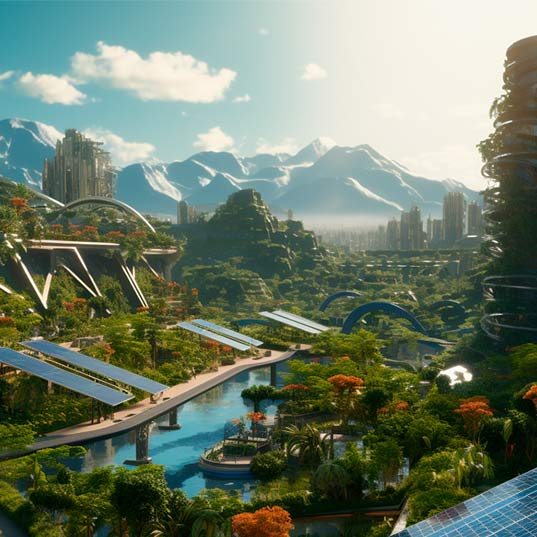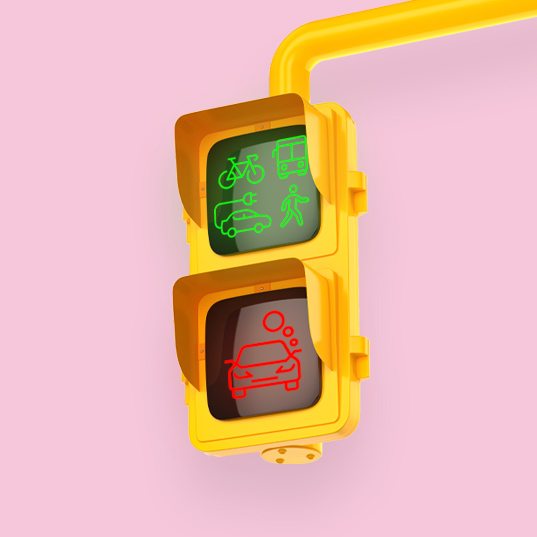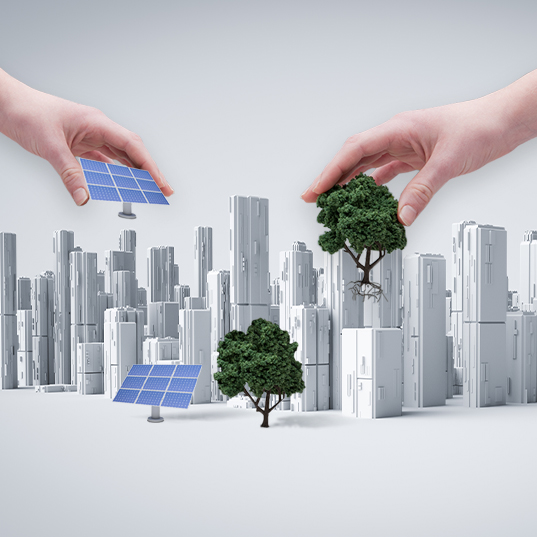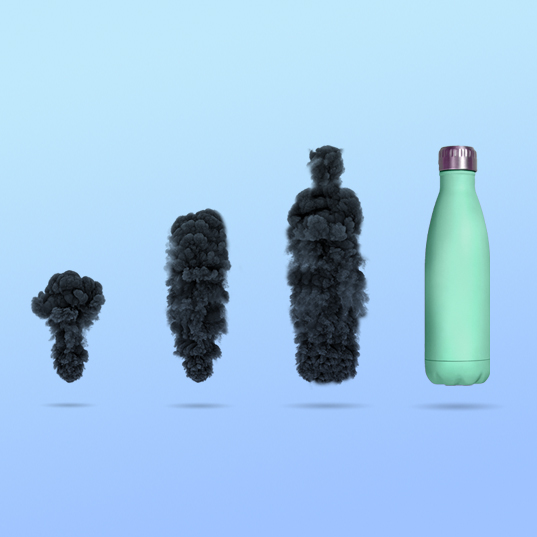Sustainable Development Goals: the roadmap to the future
The UN rewrites the Millennium Goals. Do you want to know how the next fifteen years will be like?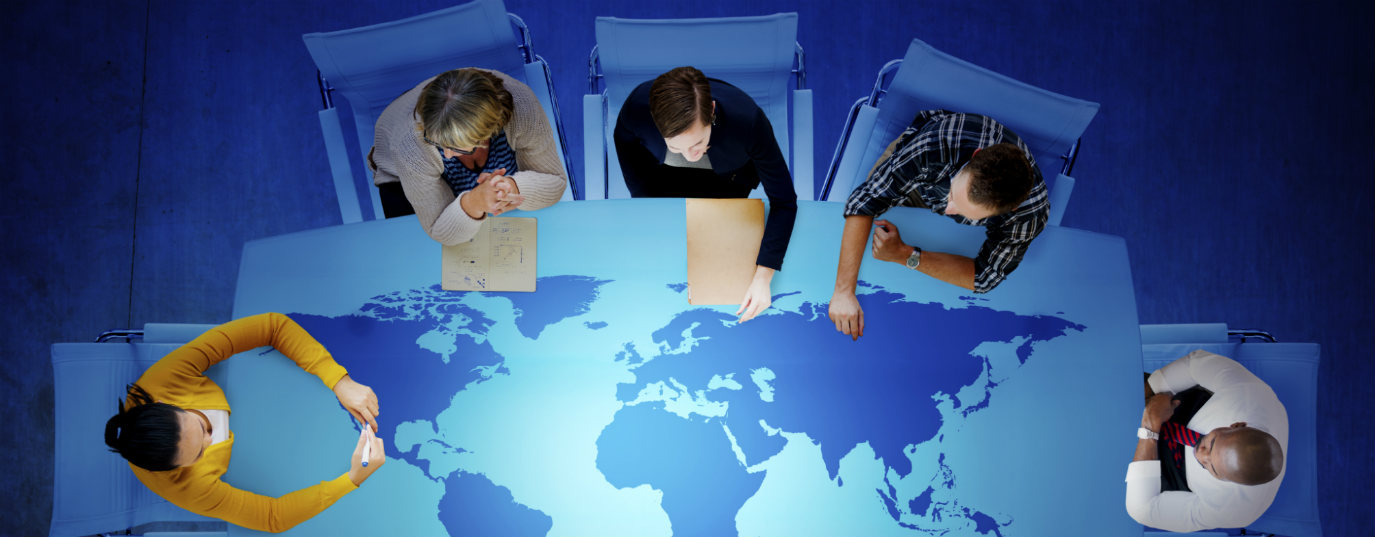
The future of the world has been redesigned. The United Nations (UN), and by extension the entire population of the planet, face an exciting challenge that seek nothing more, nothing less, ensuring the sustainable development.
How can we carry out such a mission? It is not easy, but the roadmap is well defined and has been revised and enhanced to ensure a worthy existence for all inhabitants of the world and a respectful coexistence with natural resources. So how has these resolutions to save the world changed? Let's travel back in time.
It is year 2000. The UN draws up the Millennium Goals, eight aims to be fulfilled in fifteen years:
- Eradicate extreme poverty and hunger
- Achieve universal primary education
- Promote gender equality
- Reduce child mortality
- Improve maternal health
- Combat HIV/AIDS, malaria, and other diseases
- Ensure environmental sustainability
- Develop a global partnership for development
Let’s jump in time back to the present day. Those fifteen years have passed, and things have changed in such a way that those eight goals are not enough to cover all the needs of the planet in perspective. That’s why the UN will introduce to the world on the New York Climate Summit (September 25th-27th) the Sustainable Development Goals, in which private sector is included as a main character of the social change, and will have a special significance on the XXI Climate Change Conference in Paris (COP21, December 2015).
- End poverty
- End hunger
- Ensure healthy lives
- Ensure inclusive and equitable quality education

- Achieve gender equality
- Ensure availability of water
- Ensure access to affordable energy
- Promote economic growth
- Build resilient infrastructures (adaptable to changes)
- Reduce inequality within and among countries
- Make cities inclusive, safe, resilient and sustainable
- Ensure sustainable consumption and production patterns
- Take action to combat climate change
- Conserve and sustainably use the oceans, seas and marine resources
- Protect, restore and promote sustainable use of terrestrial ecosystems
- Promote peaceful and inclusive societies and provide access to justice for all
- Strengthen the means of implementation and revitalize the global partnership
The term that the UN establishes for these goals is a fifteen-year period. By 2030 we’ll have a new date with the planet, but, will we be victorious? Over the recent years these achievements have been completed, and they are no doubt a great starting point:
- Extreme poverty cut in half, from 36% to 18%
- Inadequate nutrition almost cut in half, from 23,6% to 11,8%
- Infant mortality reduction from 90 to 48 for each 1.000 newborns
- Access to primary school reaches now 90% of kids in the world
- Increase of population with access to drinking water from 76% to 89%
Learn more about sustainable development and the Global Goals.
Sources: United Nations, General Assembly UN report, El País and COP21.


